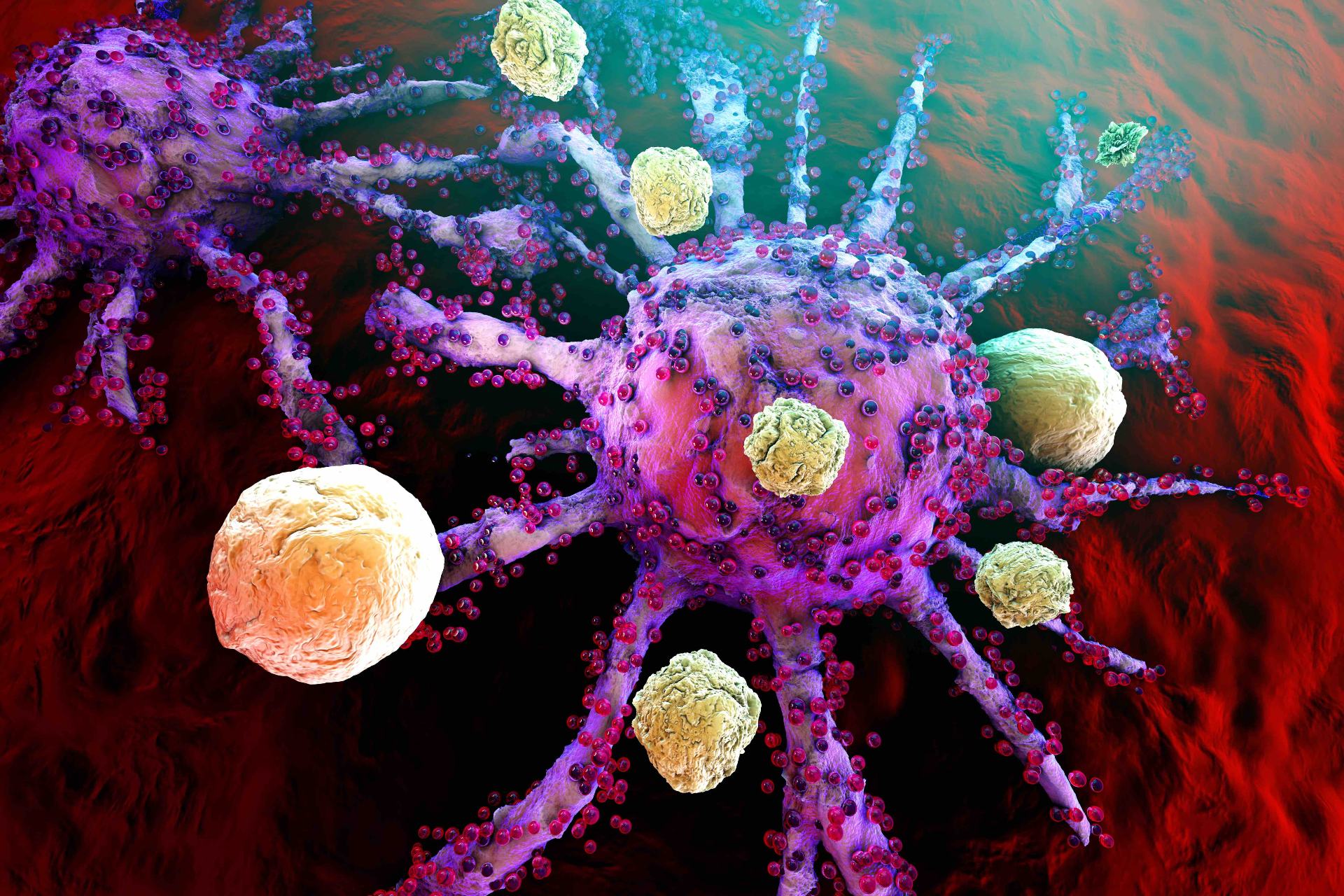Video
Identifying Mutational Status in CLL
Javier Pinilla-Ibarz, MD, PhD: In terms of diagnosis and prognosis for chronic lymphocytic leukemia, we initially have to perform a technique called flow cytometry that will really indicate the presence of these cells and the amount of these cells in the peripheral blood or in the bone marrow. However, the use of cytogenetics and IGHV mutational status is now a standard of care for the prognostication and the outcomes of patients with this condition. Cytogenetics is performed by a technique call FISH, or fluorescence in situ hybridization. However, IGHV mutational status is a molecular technique that has been done by PCR, or polymerase chain reaction, or even more recently by next-generation sequencing.
For the diagnosis of chronic lymphocytic leukemia, after initially performing the flow cytometry test that will really characterize the size and the characteristics of the clone, in my clinic and in general, and as per NCCN guidelines, we recommend performing a FISH test, a cytogenetic test. Fluorescence in situ hybridization will really characterize the 4 more common abnormalities, as well as another test called IGHV mutational status that is being done by PCR or by next-generation sequencing. And this will really help us to really prognosticate outcomes and times to next therapy for patients with chronic lymphocytic leukemia.
Cytogenetics performed by fluorescence in situ hybridization, FISH, is a standard of care on diagnosis and before we start therapy for patients with chronic lymphocytic leukemia. There are 4 main chromosomal abnormalities in these patients from the more benign to more less favorable prognosis. We have 13q-, trisomy 12, 11q, and 17p—17p deletion being the higher risk FISH abnormality seen in patients with CLL but mostly, but not always, associated with the mutation of a gene involved in apoptosis called TP53.
Almost 50% of the patients with chronic lymphocytic leukemia may carry an unmutated IGHV mutational status, and this condition is mostly associated with high-risk cytogenetic as 11q- or 17p. However, it’s not really uncommon to see good cytogenetic prognostic abnormalities like a 13q associated with IGHV-unmutated immunoglobulin. And the presence of the unmutated immunoglobulin will prompt the good features of the FISH. So, those patients will behave more classically as unmutated IGHV, and therefore, those patients have a high tendency to require therapy sooner than a patient who has mutated immunoglobulin.





